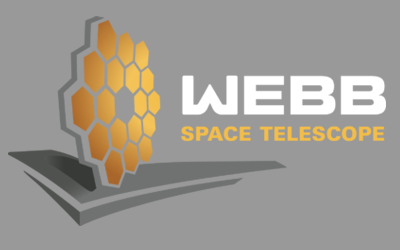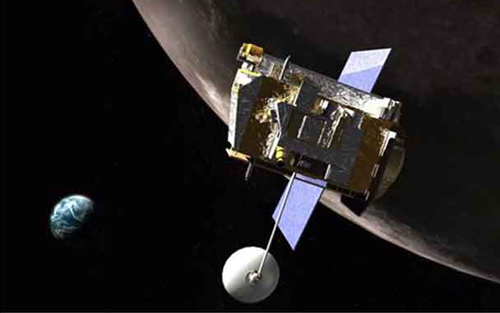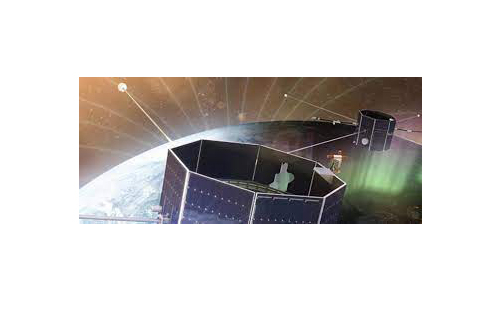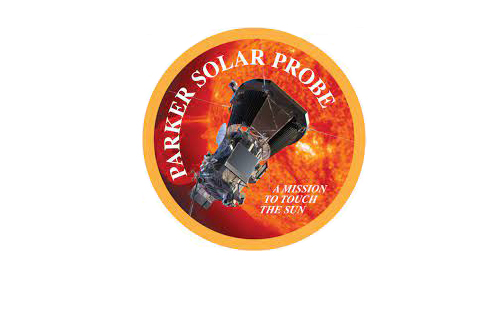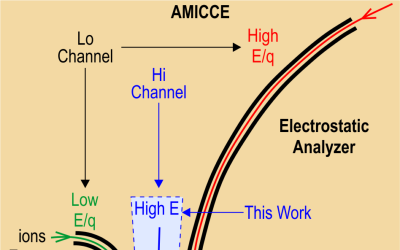James Webb Space Telescope
Jessica Armstrong2023-09-07T14:54:06+00:00The James Webb Space Telescope (JWST) is a large infrared telescope that is designed to vastly improve our understanding of the Universe and its origins. JWST launched on December 25, 2021 and its four main infrared instruments are expected to make fascinating discoveries ranging from profiling exoplanet atmospheres to imaging some of the Universe’s oldest galaxies. As for our Hubble guest investigator program success, our UTSA Adjoint scientists are involved in a SwRI-led program to observe asteroid Psyche in Cycle 1 and are bound to be successful in future competitive requests for observing time to investigate both solar system and [...]


